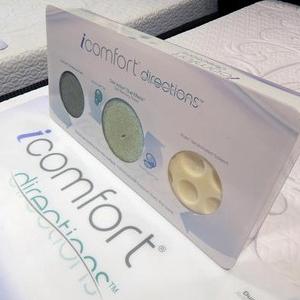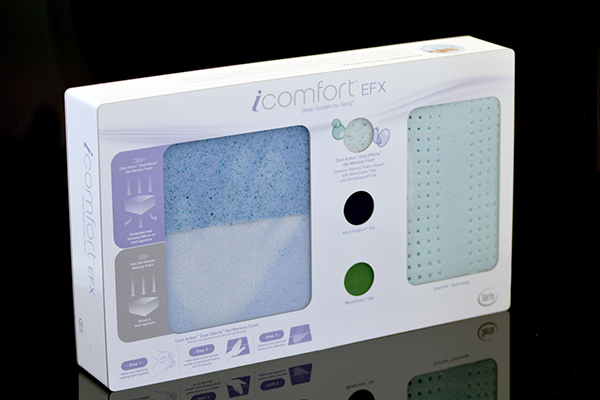
It is more important now than ever for brands to use POP and merchandising displays to cut through the clutter and increase sales at the store level. Nearly 1 in 6 brand purchases are made when a display with that brand is present according to the POPAI’s Shopper Engagement Study. Competition to stand out at the shelf is fierce. There are 30,000 new SKUs being launched every year. In addition to appealing to shoppers, getting retailers to display a CPG product prominently in the store is often based on the physical presentation of the display. It takes just 3 seconds to make an impact in store.
So why consider plastic?
Many consumer brands are turning to plastics for their semi-permanent and permanent display solutions. Plastic fixtures continue to be a versatile, durable, low maintenance and inexpensive POP solution. The average retail display life expectancy is one year, compared to a temporary, corrugated display. (Have you ever seen a corrugated display that was displayed past its temporary prime- falling apart due to high traffic in the store or the inability to carry the weight of the product?)
Plastic is Versatile and Easy to Maintain
One of the biggest ways to attract consumers to a display is through the use of eye-catching graphics. When used properly, the color, images, shapes and messaging work together to catch our eyes and draw us to it. The versatility of plastic makes it very receptive to multiple print methods: screen printing, UV offset and digital printing. It’s also easy to clean and care for, ensuring that graphics retain their “like-new” look.
Huge Variety of Colors, Shapes, and Sizes
Being such a durable material, plastic lends itself to many different uses. Plastics are easy to manipulate by forming, bending, glueing and cutting. The wide selection of colors allows designers to create displays that are truly unique. Displays featuring plastics can provide enough heft for use on the floor, or lightweight enough to hang on a wall or sit on a countertop. This makes them ideal for all kinds of applications from POP to merchandising displays and everything in between.
Trends in plastic display design
The growing trends in plastic fabricated merchandise displays that address consumer brand manufacturer’s needs to visually stand out at retail include:
- Interactive displays that allow consumers to touch and feel the product
- Incorporating motion and sound into the displays with LCD and digital screens
- Adding LED lighting technology to enhance product visibility
Plastic is Ideal for Interactive Hands-on Displays
Displays that are interactive appeal to a shopper’s sense of touch and feel, and are proving to be very influential in product sales lift. These are often used to demonstrate the features and benefits of a product. High impact plastics are the best choice to withstand consumer handling and reduce breakage during shipment to the retailer.
Motion & Sound Features in Digital Displays
Digital signage and LCD (liquid-crystal display) video screens have been out for years, but their incorporation into POP displays has been slow. As the technology has evolved- become more affordable and consumers more savvy, marketers are replacing static signage with video in their displays. Motion activated and touch screen displays are used to communicate product benefits via short videos. Most displays feature long lasting batteries or low voltage power options.
Lighting Trends in Displays
Incorporating lighting into merchandise displays and POP signage helps accent the product and highlight the messaging. LED (light-emitting diode) lighting is replacing fluorescents as an efficient, low maintenance, low heat option.
Selecting the right plastic for the job
Proper selection affects performance and price. Knowledge about a substrate’s features and benefits is key in order to avoid overkill and under-kill on a project. Let’s say your display is an interactive, hands on unit that requires a high-impact plastic. You may think you need 8 mil but a slightly less 6 mil plastic could be just as effective, but more efficient as to material costs and the shipping weight concerns.
Another example: your display may include lighting technology for back lights or edge lighting, which may require a specific heat resistant, translucent material to make your graphics pop, eliminate hot spots, as well as not warp.
When plastic is the best choice for the fabrication of a display, the most widely used plastics include, but most definitely not limited to, are:
- Acrylic/Plexiglas
- PVC such as Sintra, Celtec
- High Impact Styrene
- PETG
- Polycarbonate
At KDM, we believe that great design and material selection significantly improves the product’s success at the point-of-purchase.
- View our Case Study regarding the use of plastic for an effective, interactive semi-permanent display solution for Serta Mattress.

